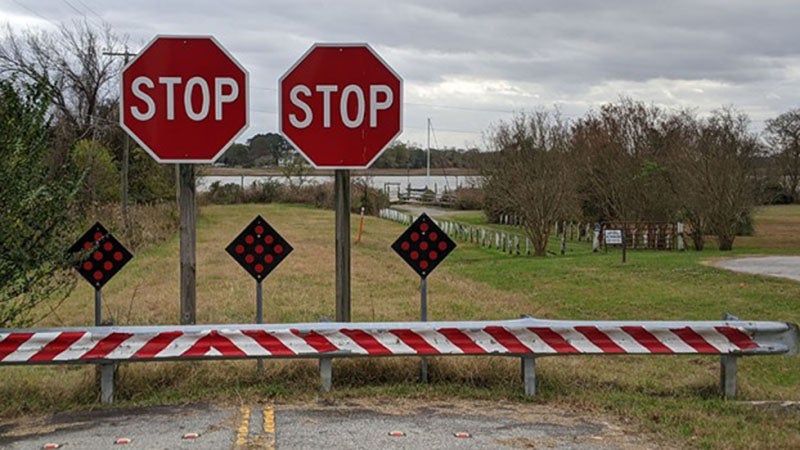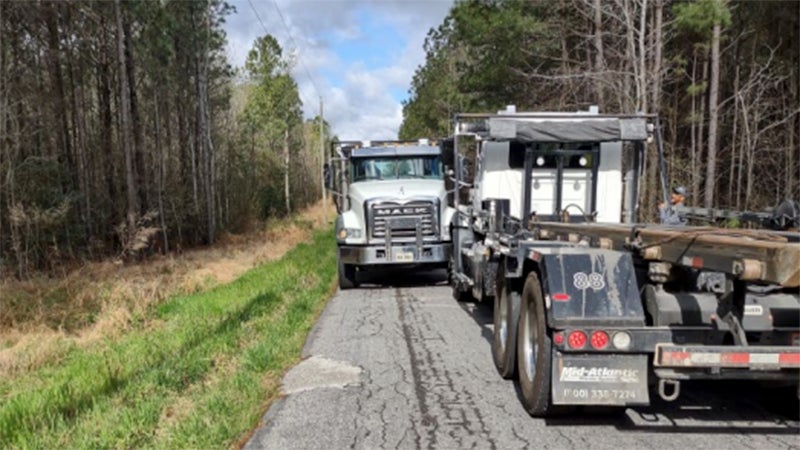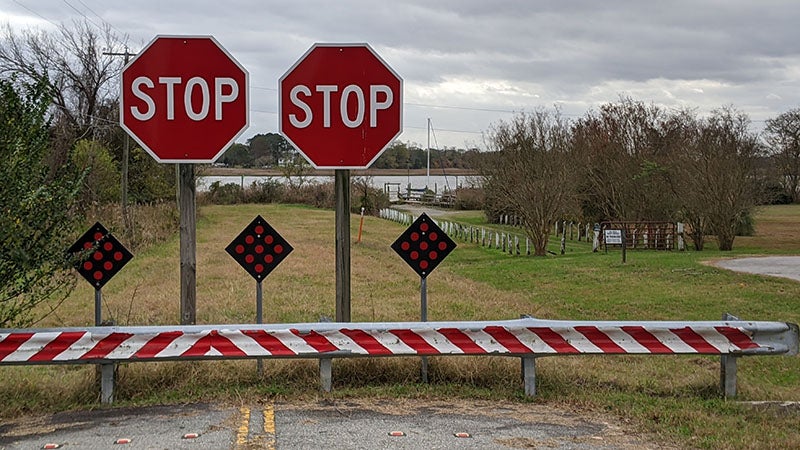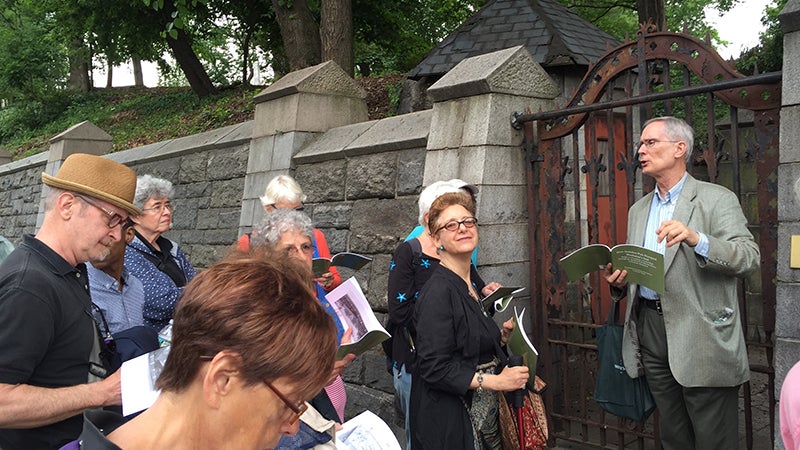Coming home again
Published 8:56 pm Saturday, January 15, 2011

Nansemond Indian Tribe Chief Barry Bass looks out on the river named after his ancestors from his ancestral land Saturday. Plans are taking shape for work to begin on Mattanock Town as soon as the land is officially transferred.
Barry Bass stands on the past and future site of Mattanock Town, looking out on the river named for his ancestors.
The chief of the Nansemonds worked for 10 years to get his people’s land back from the city. Now, he’s working even harder on the details of creating a tourist attraction there.
“It’s like having two full-time jobs,” said Bass, who also works as a quality control technician at an asphalt plant. “It’s overwhelming at times.”
In November, the City Council voted to transfer a tract of land in Lone Star Lakes Park, along the Nansemond River, back to the tribal association. The tribe hopes to put a replica of an Indian village there, along with exhibits and displays, a tribal headquarters, powwow facilities, reburial grounds and more.
Mattanock Town was one of four Nansemond villages documented by Capt. John Smith when he sailed up the Nansemond River. Relations between Smith’s settlements and the Nansemonds were frequently hostile.
“I just think there was a lot of difference in culture,” Bass said. “I think it ended up making a lot of hostilities.”
After suffering numerous attacks from English settlers, the Nansemonds dispersed. The daughter of the king of the Nansemonds married an Englishman, John Bass, and her name was changed to Elizabeth. All the current Nansemonds trace their lineage to this marriage. Barry Bass believes John’s brother Edward married an Indian woman in North Carolina, but record-keeping was too scarce through the centuries to prove the relations between the two tribes.
“We know there’s others,” Bass said. “So much of it is lost, and that’s why this is so important to me. We’ve lost too much already.”
In the last few centuries, Indians were persecuted in Virginia. Many were forced to change their papers to say they were either black or white, making it difficult for many people to prove any sort of native ancestry.
“I can remember the hurt in their eyes because they couldn’t go to school,” Bass said of his more immediate ancestors. “They couldn’t work. You couldn’t do certain things if they knew you were Indian.”
Getting the land back was an important step toward repairing the hurt and regaining some of what was lost, Bass added.
“You’re doing this for your ancestors,” Bass said. “You feel their presence while you’re here. It’s quite special.”
Plans for the first few phases of the project are ongoing. As soon as a survey is completed and the deed is signed, work will commence on engineering, infrastructure and exhibits.
One of the first exhibits will be the chief’s longhouse, as well as a replica of a clapboard-style Nansemond school to show how the building styles evolved over the years.
Bass is concerned about being able to construct the buildings authentically while still meeting modern building codes, disability access requirements and more. However, he knows he will find a solution because his ancestors always did.
“I get amazed looking back at our people and how they did what they did with what they had,” he said.
Bass is looking forward to having the tribe’s powwow on its own land this summer — for the first time since the early 1600s.
“It’s like something that’s pulling at you,” he said. “I guess it’s part of your spirituality.”






